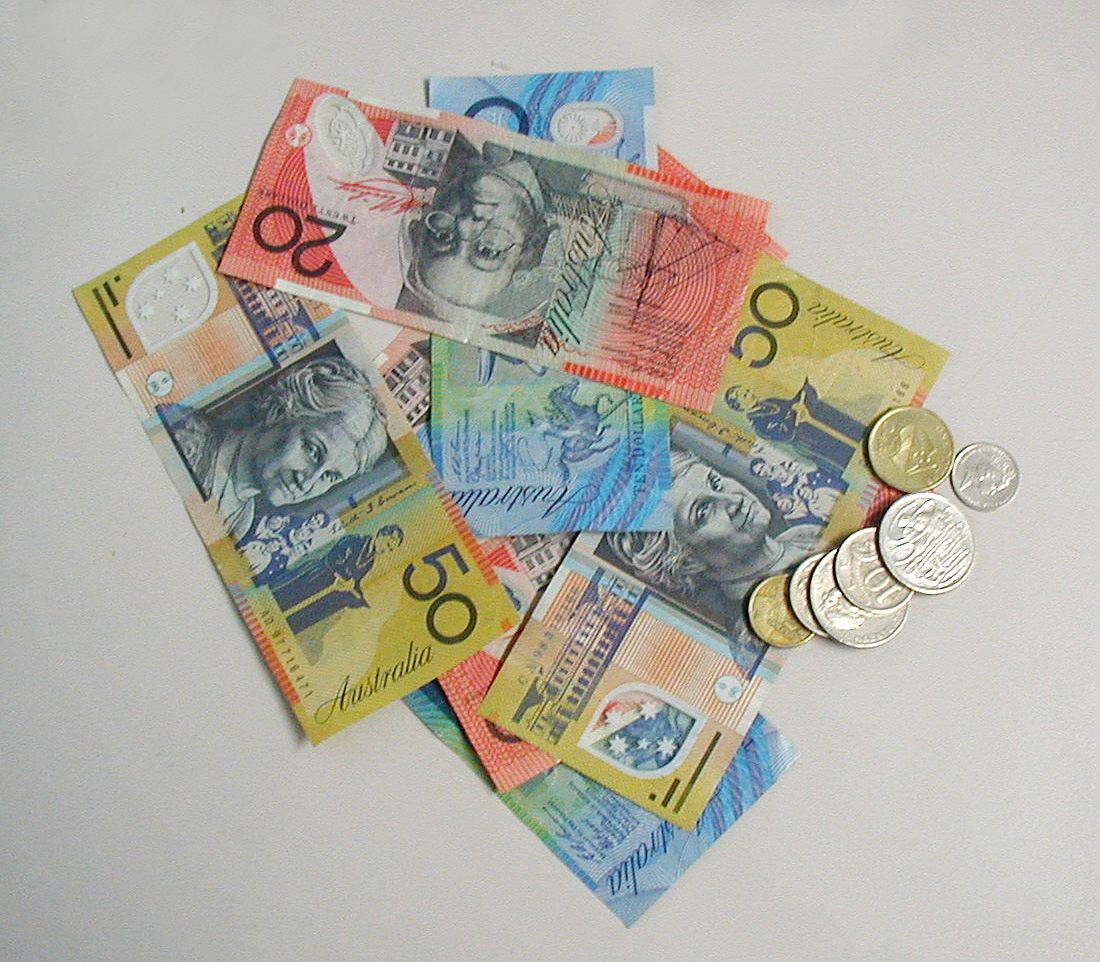
Common Percents

One of the most common uses for percentages is when working with money, whether they're payments, costs, earnings, interest or more. Money is all around us and we're constantly calculating percentages of them!
It's important to note that in our everyday lives, we usually work with some sort of currency like dollars and cents. So that means if we're talking about dollars, we usually round everything off to two decimal places. For example $\$25.78$$25.78 means $25$25 dollars (pounds if you're in the UK) and $78$78 cents. It doesn't make sense to us to have something like $\$25.781$$25.781 as we can not have $0.001$0.001 of a dollar or $0.1$0.1 of a cent.
It's also important to realise that in a lot of currencies the smallest coin is $5$5 cents, so for example if we wanted to pay for something in cash we will have to round amounts to the nearest $5$5 cents. Therefore our previous amount of $\$25.78$$25.78 will have to be rounded up to $\$25.80$$25.80.
Using Decimals
So far when multiplying percentages we have only been using them in their fractional form. However, since money is usually expressed as decimals, we can also use percentages in their decimal form. For example, to find $19%$19% of $\$48$$48 we usually multiply the two. $19%\times48$19%×48 can also be written as $0.19\times48=9.12$0.19×48=9.12, so the answer is $\$9.12$$9.12.
What do you think the answer would be if we had to round that answer to the nearest $5$5 cents?
Worked Examples
QUESTION 1
Find $5%$5% of $\$41.70$$41.70, rounded to the nearest 5 cents.
QUESTION 2
Find $26%$26% of $\$126.60$$126.60, rounded to the nearest 5 cents.